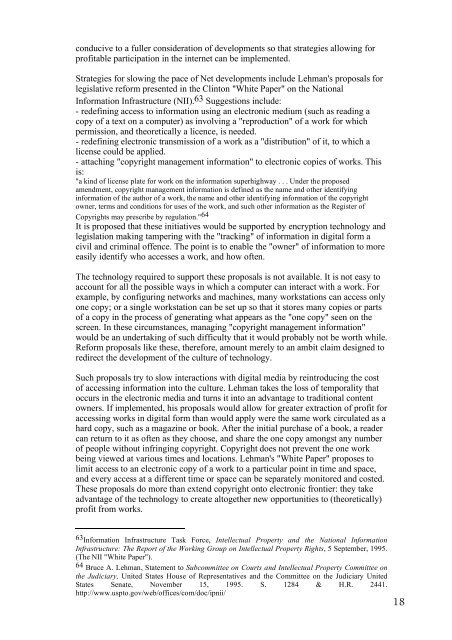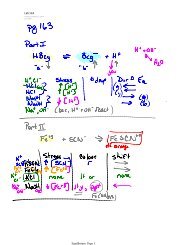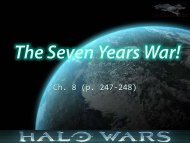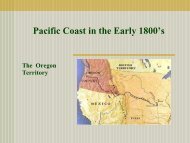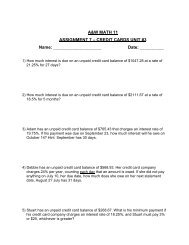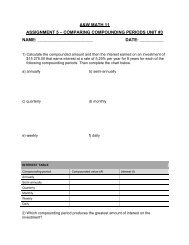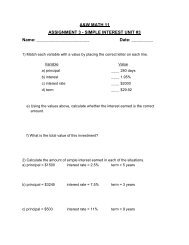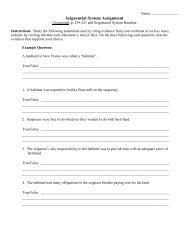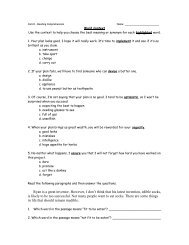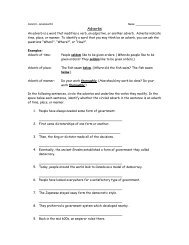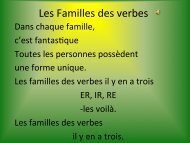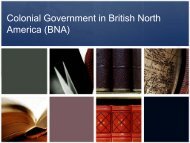ETHICAL BOUNDARIES AND INTERNET CULTURES
ETHICAL BOUNDARIES AND INTERNET CULTURES
ETHICAL BOUNDARIES AND INTERNET CULTURES
You also want an ePaper? Increase the reach of your titles
YUMPU automatically turns print PDFs into web optimized ePapers that Google loves.
conducive to a fuller consideration of developments so that strategies allowing for<br />
profitable participation in the internet can be implemented.<br />
Strategies for slowing the pace of Net developments include Lehman's proposals for<br />
legislative reform presented in the Clinton "White Paper" on the National<br />
Information Infrastructure (NII). 63 Suggestions include:<br />
- redefining access to information using an electronic medium (such as reading a<br />
copy of a text on a computer) as involving a "reproduction" of a work for which<br />
permission, and theoretically a licence, is needed.<br />
- redefining electronic transmission of a work as a "distribution" of it, to which a<br />
license could be applied.<br />
- attaching "copyright management information" to electronic copies of works. This<br />
is:<br />
"a kind of license plate for work on the information superhighway . . . Under the proposed<br />
amendment, copyright management information is defined as the name and other identifying<br />
information of the author of a work, the name and other identifying information of the copyright<br />
owner, terms and conditions for uses of the work, and such other information as the Register of<br />
Copyrights may prescribe by regulation." 64<br />
It is proposed that these initiatives would be supported by encryption technology and<br />
legislation making tampering with the "tracking" of information in digital form a<br />
civil and criminal offence. The point is to enable the "owner" of information to more<br />
easily identify who accesses a work, and how often.<br />
The technology required to support these proposals is not available. It is not easy to<br />
account for all the possible ways in which a computer can interact with a work. For<br />
example, by configuring networks and machines, many workstations can access only<br />
one copy; or a single workstation can be set up so that it stores many copies or parts<br />
of a copy in the process of generating what appears as the "one copy" seen on the<br />
screen. In these circumstances, managing "copyright management information"<br />
would be an undertaking of such difficulty that it would probably not be worth while.<br />
Reform proposals like these, therefore, amount merely to an ambit claim designed to<br />
redirect the development of the culture of technology.<br />
Such proposals try to slow interactions with digital media by reintroducing the cost<br />
of accessing information into the culture. Lehman takes the loss of temporality that<br />
occurs in the electronic media and turns it into an advantage to traditional content<br />
owners. If implemented, his proposals would allow for greater extraction of profit for<br />
accessing works in digital form than would apply were the same work circulated as a<br />
hard copy, such as a magazine or book. After the initial purchase of a book, a reader<br />
can return to it as often as they choose, and share the one copy amongst any number<br />
of people without infringing copyright. Copyright does not prevent the one work<br />
being viewed at various times and locations. Lehman's "White Paper" proposes to<br />
limit access to an electronic copy of a work to a particular point in time and space,<br />
and every access at a different time or space can be separately monitored and costed.<br />
These proposals do more than extend copyright onto electronic frontier: they take<br />
advantage of the technology to create altogether new opportunities to (theoretically)<br />
profit from works.<br />
63 Information Infrastructure Task Force, Intellectual Property and the National Information<br />
Infrastructure: The Report of the Working Group on Intellectual Property Rights, 5 September, 1995.<br />
(The NII "White Paper").<br />
64 Bruce A. Lehman, Statement to Subcommittee on Courts and Intellectual Property Committee on<br />
the Judiciary, United States House of Representatives and the Committee on the Judiciary United<br />
States Senate, November 15, 1995. S. 1284 & H.R. 2441.<br />
http://www.uspto.gov/web/offices/com/doc/ipnii/<br />
18


